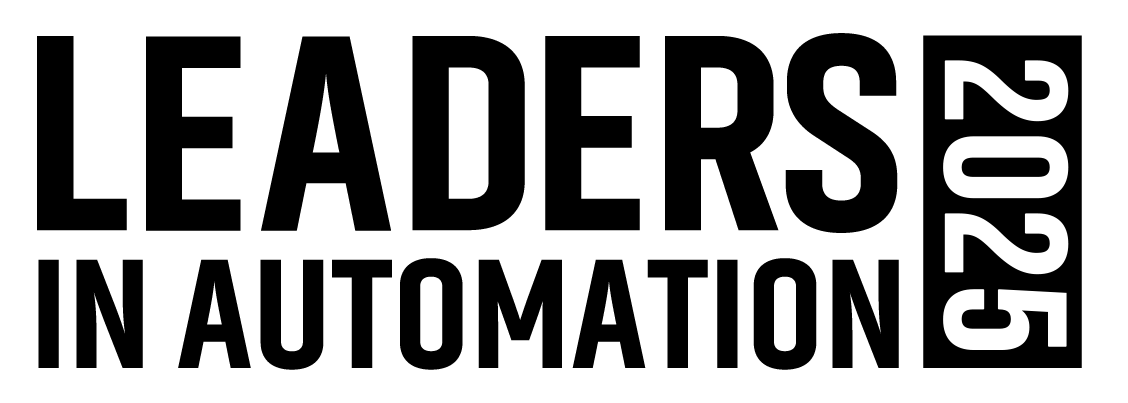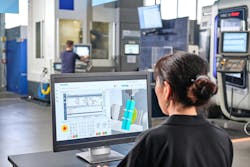Mastering Industrial Automation Project Management
Key Highlights
- A common digital thread eliminates silos between OT and IT systems, enabling collaboration across automation, process, QA and validation teams throughout the project lifecycle.
- Requirements traceability matrices link user requirements through functional specs to testing phases, ensuring comprehensive documentation and regulatory compliance from concept to validation.
- Digital twins and simulation environments enable virtual commissioning and factory acceptance testing, reducing costly physical rework and allowing early refinement of control systems.
Industrial automation projects are the backbone of modern manufacturing. From intricate assembly lines to vast process plants, these projects demand precision, foresight and a deep understanding of complex systems.
This is especially true in industries where product integrity is critical to meeting rigorous standards and regulatory demands. While sectors such as automotive or food and beverage prioritize efficiency and throughput, pharmaceutical projects, for example, add layers of complexity that require not only precision and reliability but also robust documentation and compliance with global regulations like ISA-88 (Batch Control), IEC 61131-3 (PLC Programming), and FDA 21 CFR Part 11 (electronic record).
Addressing the complexities of industrial automation projects
Managing these projects requires a specialized approach that acknowledges the unique challenges of the respective industry and leverages capabilities around deep technical system and product knowledge.
The inherent complexity of industrial automation projects demands collaboration between automation, process, quality assurance and validation engineers. This requires a tight convergence of operational technology (OT) and information technology (IT) to integrate components such as validated programmable logic controllers (PLCs), human-machine interfaces (HMIs), industrial drives, robotics and supervisory control and data acquisition (SCADA) systems. This often includes integrations with manufacturing execution system (MES) and enterprise resource planning (ERP) software.
Digitalization is the key to achieving this level of integration and collaboration.
This is not merely about adopting new tools — digitalization establishes a unified, interconnected environment that fundamentally transforms how teams work together. By providing a common digital thread, it allows for the configuration, programming and diagnosis of controllers, HMIs and drives within a cohesive framework, eliminating the traditional silos of isolated systems and proprietary software.
Digitalization also requires project managers who understand the dependencies required and leverage the standardization it offers.
The 6 pillars of industrial automation project management success
Following are six key pillars of project management for industrial automation projects, demonstrating how digitalization directly influences and optimizes each pillar:
- Planning and design: The implementation of an effective requirements documentation software in the planning and design stage is paramount, as it facilitates streamlined workflow approvals and establishes traceability from initial ideation to final testing and validation. This phase is critical in defining the project's trajectory through key focus areas outlined below.
- User requirements specification (URS): Detailed functional and non-functional requirements are meticulously documented, capturing every nuance of the desired automated process through workshops and brainstorming workshops with stakeholders and operations staff.
-
Functional specification (FS) and design dpecification (DS): FS and DS documents translate the URS into detailed technical designs for hardware, software and network architecture. Automation tools facilitate structured design, while the comprehensive digital twin enables early conceptual validation.
-
Traceability plan: This critical aspect links each URS requirement to its corresponding functional and design specifications, and eventually to test cases. This is typically done with a requirements traceability matrix (RTM).
-
Risk assessment: Comprehensive risk assessments (e.g., failure mode and effects analysis) are conducted early, focusing on operations safety, product quality, data integrity and regulatory impact to guide design decisions.
- Communication and collaboration: Success here hinges on interaction between automation engineers, process experts, quality assurance and validation specialists. To ensure that technical solutions align with industry standards and regulatory expectations, it is vital for these stakeholders to collaborate through regular, structured meetings. A centralized collaborative digital platform can serve as the single source of truth for documents, communications and tasks developed during these meetings to ensure real-time access and transparency.
- Development and configuration: While hardware procurement and installation often follow a waterfall approach, software and control logic development can significantly benefit from agile principles. Short development sprints, rapid prototyping and continuous testing using simulation environments and digital twins for virtual commissioning allow for early feedback and adaptation. This iterative approach helps refine complex control algorithms and HMI designs, reducing costly rework during physical commissioning.
- Testing, verification and validation: These steps prove the system meets its documented requirements and is suitable for its intended use.
o Factory acceptance test (FAT): Conducted at the vendor's site, this step verifies the system's functionality against the FS/DS. Increasingly, this involves leveraging a comprehensive digital twin to perform much of the verification in a highly accurate virtual simulated environment.
o Site acceptance test (SAT): Performed at the end user’s manufacturing facility, this step confirms the system's functionality in its operational environment. From a digitalization perspective, remote access can accelerate troubleshooting and testing.
o Installation qualification: This step verifies that the system is installed correctly according to design specifications, a process that can be enhanced with the use of digital I/O checklists and 3D models of equipment.
o Operational qualification: During this step, it is confirmed that the system operates as intended across its specified operating ranges. Here, integration with features like data historians enables analysis and trends identification for operational deviations.
o Performance qualification: This step demonstrates that the system consistently performs according to the URS under actual operating conditions. Tools like electronic batch records manage critical process parameters. Digital audit trails provide time-stamped regulatory evidence, and statistical process control (SPC) ensures robust quality management during this phase. - Project governance and change management: Implementing new automation systems inevitably impacts people. Operators, maintenance staff and management need to be actively engaged throughout the project lifecycle. Proactive communication about progress, risks and changes is essential. Comprehensive training programs, tailored to different user groups, along with clear documentation, are critical for successful adoption and long-term operational efficiency. Addressing concerns and gathering feedback from the workforce fosters buy-in and smooth transitions.
Managing projects in industrial automation is a multifaceted discipline that goes beyond traditional project management frameworks. It demands a deep appreciation for technical complexity, an emphasis on interdisciplinary collaboration and a strategic utilization of integrated technologies and digital capabilities. By mastering these unique aspects, project managers can ensure the successful delivery of automation solutions that drive efficiency, enhance safety and propel industries into the future of intelligent manufacturing.
Yogesh Prasad Balajee is global program manager for customer success at Siemens Digital Industries Software.
More digital transformation insights from Automation World:
About the Author

Yogesh Prasad Balajee
With 15 years of extensive work experience and a Master's degree focusing on robotics and automation, Yogesh Prasad Balajee is an accomplished Project Management Professional (PMP) with a distinguished track record of pioneering contributions in driving digital transformation and optimizing smart factories. He has successfully spearheaded multi-million-dollar initiatives, including the expansion of facilities with advanced PCS7 and manufacturing execution system (MES) software, as well as leading critical IoT and OEE implementations.

Leaders relevant to this article:


